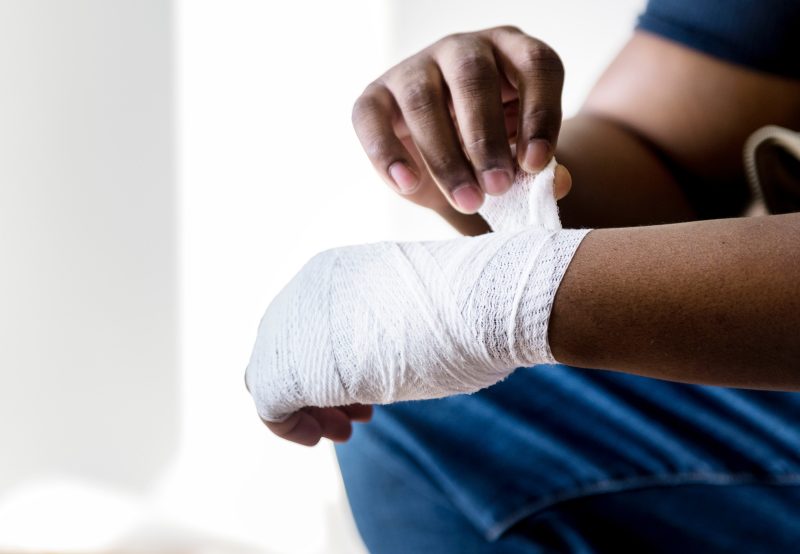
There are many reports on the management of problematic skin wounds with a compromised skin barrier. The burden is growing rapidly, with almost six million patients in the US, it is a market of almost $25 billion annually.
Many interdisciplinary strategies have been developed so far, among which are recently developed nanotechnological strategies offering multifunctional systems not only for the regeneration of the skin wound but also for the delivery of therapeutic elements to the site of action.
There are a growing number of innovative nanotechnology-based biomaterials for the enhancement of wound healing process. In a recent research, Li et al. have reported the development of a novel delivery system based on lyophilized keratinocyte targeting lipid nanoparticles to facilitate keratinocytes-specific delivery of oligonucleotides to the wounds. To better apply this nanoplatform, a hydrogel has been utilized for achieving a longer shelf-life in effective wound management.
Although the human skin is able to act as a delivery route itself, it is always challenging to deliver larger nanoparticles across the skin tissue. This delivery route is important because of minimizing the first-pass risk of the liver that can potentially diminish the availability of drugs. In a problematic wound, the skin barrier is somewhat dismissed but due to the large number of inflammatory cells, phagocytic clearance of nanoparticles is another concern. In this regard, innovative surface modification of nanoparticles can provide solutions for selective evasion of phagocytic clearance by distinct macrophage phenotypes. The recent study by Li et al.“Topical Lyophilized Targeted Lipid Nanoparticles in the Restoration of Skin Barrier Function following Burn Wound” addresses this challenge, proposing a site-specific delivery system of lyophilized keratinocyte-targeted nanoplatforms loaded with locked nucleic acid (LNA) modified anti-miR.
An important drawback in achieving an effective healing pathway is the endosomal escape through a cytosolic delivery of therapeutic molecules. The proposed innovative lyophilized keratinocyte-targeted nanocarriers employed a DOTAP/DODAP combination as pH-responsive lipid components to enhance the endosomal escape. In this way, the number of entrapped molecules in endosomes can be reduced, to escape further degradation in the lysosome. One other trick proposed in this strategy is the neutral surface charge of nanoparticles to better diminish the intervention of clearance by non-targeted cells. Altogether, this sort of nanotechnological strategies may enhance the clinical success of healing systems. Another advantage of the lyophilized keratinocyte-targeted nanoparticles is that the components in the formulation are all FDA approved, making this easier to go further for clinical testing on humans.
It is expected that these sort of innovative techniques and strategies in nanotechnology and biology provide significant advancements in tissue regeneration not only limited to wound healing. For this specific design, the nanoparticles are able to proficiently transfer across the stratum corneum to selectively target keratinocytes. Although there is promising evidence for the effectiveness of nanotechnological strategies for emerging applications, further investigations still needed to successfully pass clinical testing on human and entering the global market.
These findings are described in the articles entitled “Topical Lyophilized Targeted Lipid Nanoparticles in the Restoration of Skin Barrier Function following Burn Wound” and “Nanotechnology in Wound Care: One Step Closer to the Clinic“, recently published in the journal Molecular Therapy. For further information, please also read the article entitled “Can regenerative medicine and nanotechnology combine to heal wounds? The search for the ideal wound dressing” published in Nanomedicine.









